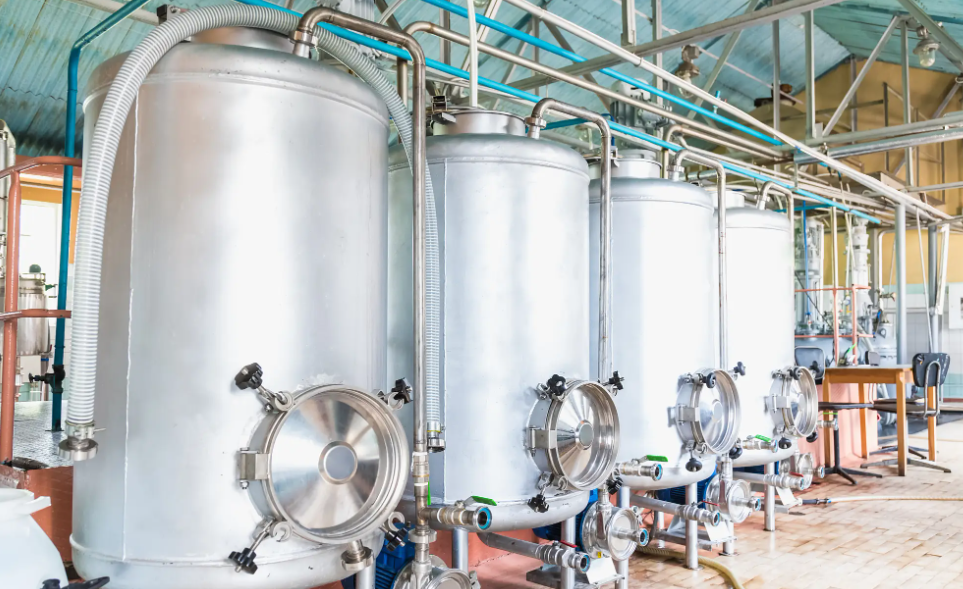NEWS&EVENTS
In the electrolysis process of antimony ore, the reduction kettle is not the core equipment. Its role varies according to the specific process design, but it is usually not directly involved in the electrolysis process, but is used to assist in the pre-treatment or post-treatment stage of antimony extraction and purification.

1. Pre-treatment stage
In some antimony ore electrolysis processes, the ore needs to be reduced to change its chemical state for subsequent electrolytic extraction. The reduction kettle reduces the antimony element in the ore to a form that is easier to electrolyze by controlling conditions such as temperature, pressure and reaction time. It should be noted that not all antimony ore electrolysis processes require pre-treatment with a reduction kettle, which depends on the specific composition of the ore, the design of the electrolysis process and the requirements of the target product.
2. Post-treatment stage
After the electrolysis is completed, the obtained antimony product may need to be further purified or treated, and the reduction reaction of the reduction kettle is used to remove impurities in the product or change its physical state. However, this is not the inevitable role of the reduction kettle in the electrolysis of antimony ore, but depends on the specific process requirements and product design.
3. Auxiliary equipment
In some cases, the reduction kettle may exist as an auxiliary equipment of the electrolysis process, used to treat the waste liquid and waste slag generated during the electrolysis process or to perform other chemical reactions related to electrolysis. However, these functions are usually not the main or core functions of the reduction kettle in antimony ore electrolysis. In summary, the reduction kettle plays an auxiliary and flexible role in the antimony ore electrolysis process, and its specific role needs to be comprehensively considered based on multiple factors such as process design, ore composition and target product requirements.